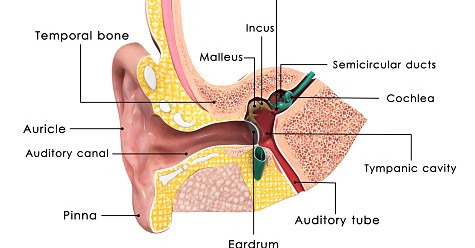What is the harm of sitting?
Have you ever stopped to think about how many hours per day that you spend sitting? Add up the time you spend sitting to have your morning breakfast, your drive to the office, sitting in an office chair for a good portion of the day, sitting to have lunch, your ride home, sitting at the dinner table, and then sitting on the couch or reclining to watch television for hours. For many, this number will total 15 or more hours per day. There have been several recent studies that have shown many negative effects of sitting for long periods. Some of the associations with prolonged sitting include increased cardiac risks, weight gain, worsening of diabetes, and even early causes of death. One study of more than 595,000 adults concluded with a 34% increased risk of death for those who sit 10 hours per day. Another study looking at adults who spent less than two hours per day watching television versus those who spend more than four hours found those who sat more had a 50% increased risk of death overall and greater than 125% increased risk of cardiovascular events including a heart attack. Some reports have suggested that even those who exercise on a regular basis, but sit for prolonged periods are at risk.
So how does sitting cause so many problems? Sitting causes the bodies metabolism to slow causing physiological changes to occur. The risk for a blot clog begins to rise as circulation slows. Sitting causes both blood glucose (blood sugars) and triglyceride levels to also increase. We also know that sitting is not good for the spine. The supporting muscles become tight or overstretched, depending on sitting postures. Sitting places twice as much stress on the spine and discs as standing does. Studies have shown continuous sitting to reduce the height of the L4-5 disc and also has the potential to cause reduced range of motion leading to back pain.
While there are many lifestyle changes that can be made to reduce the amount of time sitting, most of us do not have the option of how we work during the day. If you have to sit, here are a few recommendations to lower some of the potential risks:
- Stand up and walk around every 30 minutes
- Consider a standing workstation, if possible
- Reposition computer monitors and keyboards so that you are not “hunched over” while working
- Stand while making telephone calls
- Sit upright with good posture to maintain the natural curve of the back.
- Stretch on a regular daily basis
- If sitting for prolonged periods, take a 5 minute break frequently to exercise the hips, knees, and feet.
- Get up an walk after eating snacks/lunch
The bottom line…. Focus on ways to change your daily sitting habits to incorporate more periods of standing, walking, and exercising whenever possible.










